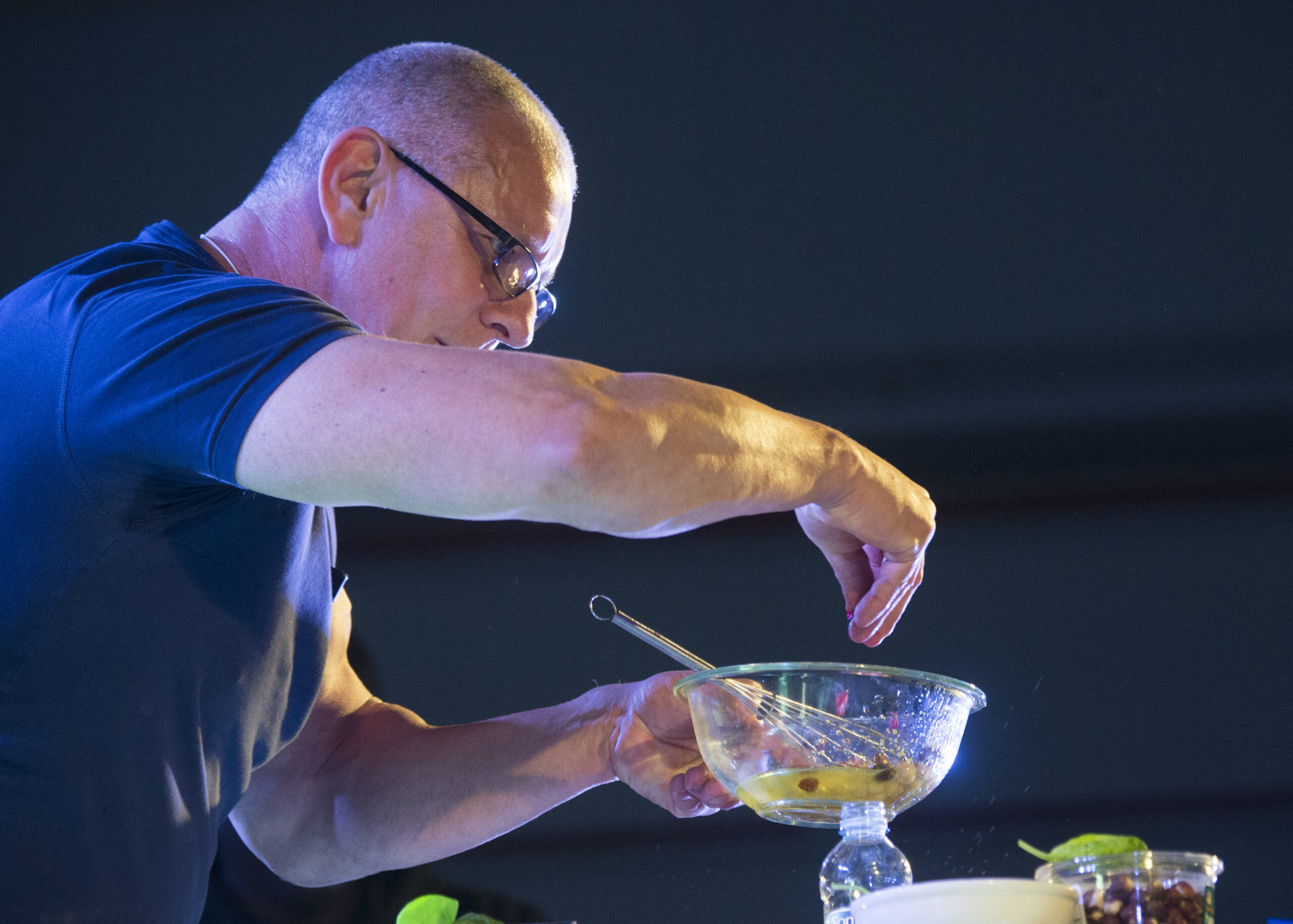The restaurant industry has reached a crossroads regarding labor costs. Chef Robert Irvine has kept a close eye on the issue, especially as California recently raised its minimum wage for the state’s fast-food workers to $20.
“Times have changed,” Irvine, a celebrity chef and longtime restaurateur, told The Food Institute. “With this new law in California that passed, we were already seeing problems; the inflation and food costs went through the roof. … We thought the interest rates were going to drop; they didn’t.
“As these changes affect the rest of the country – and they will – you’ll start to see a decline in smaller restaurants. We’ve already seen restaurants close.”
“I’m not a prophet of doom and gloom,” he added. “I’m just telling you what’s happening in the industry.”
Irvine, a veteran of nearly four decades in foodservice, isn’t against workers making a living wage. After all, he’s been there, as a former immigrant from England who began working in the U.S. as a dishwasher. Irvine does, however, believe that restaurant operators need to carefully consider their labor expenses these days.
“We don’t have that capacity to fill those jobs anymore,” Irvine said.
The celebrity chef, who appeared on Food Network’s Restaurant: Impossible show between 2011 and 2023, fears that as many as one-fifth of all American “mom-and-pop” restaurants could be forced to close by year’s end due to rising labor costs.
“I’ve had some of my own Restaurant: Impossibles [consider] closing down this week, because they can’t afford to pay” up to $20 per hour, Irvine noted. “And I said ‘Don’t close yet; let me show you something. … Look at technology to help you out.’ There’s so much technology out there.”
In that spirit, Irvine partnered with self-service tech company GRUBBRR to launch a project called Restaurant Revamp. The national campaign will start in California and grant a winning business a full suite of restaurant technology designed to address labor challenges.
“I want to prove that, if you use technology in the restaurant business, it will actually make you money,” Irvine said. “I’m all for the wage increases; I agree with the living wage and increasing wages, because for years our restaurant workers have suffered. … The unintended consequences of that is this: We’ve seen restaurants put up their prices, and then the consumer says ‘Well, I can (just) cook at home.’”
Meanwhile, Irvine has observed major restaurant chains like McDonald’s and Taco Bell deftly incorporate technology like kiosks to ease their labor expenses.
“Not many people are using [technology correctly], except the big boys, like McDonald’s and Yum Brands. And, because of technology, if you look at their earnings year over year, they’re through the roof,” Irvine noted. “And I want small operators to be able to do that.
“I want to prove, especially in California, that yes, smaller restaurateurs can make it, even with all these things stacked against you.”
Humans will continue to play a key role on restaurant staff for the foreseeable future; Irvine realizes that. Yet he’s also noticed that many Gen Z and millennial consumers don’t seem to care if they receive human interaction from restaurant workers. Irvine chef is also enamored with technology like inventory control systems, automatic ordering, and Flippy – Miso Robotics’ French fry-cooking robot.
“I started in the restaurant business 36 or 37 years ago and we were still counting on abacuses – that’s how old I am,” Irvine joked. “And here we are now. … Over the last 30 years, technology has changed dramatically.
“There’s always going to be people (working) in restaurants,” he added. “Do I want a computer or a robot bringing me food? No, not at all. But I want the speed of service, and accuracy. (And) technology allows for pinpoint accuracy.”












